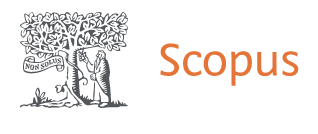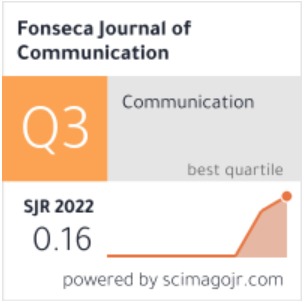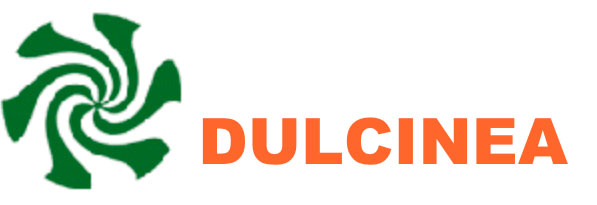ANALYSIS OF THE EFFECT OR ROLE OF MUSEUM DIGITAL COMMUNICATION IN CONTEMPORARY EDUCATION
Liu Fengjiao
Diyana Nawar Kasimon
Faculty of Modern Languages and Communication, Universiti Putra Malaysia, Selangor, 43400, Malaysia
Abdul Mua’ti Zamri Bin Ahmad
Faculty of Modern Languages and Communication, Universiti Putra Malaysia, Selangor, 43400, Malaysia
Zhao Fan
Faculty of Modern Languages and Communication, Universiti Putra Malaysia, Selangor, 43400, Malaysia
Abstract
This study presents a comprehensive analysis of the effect and role of museum digital communication in contemporary education, focusing on Chinese university students. Utilizing a longitudinal approach, the research aimed to examine how digital communication tools employed by museums impact the educational experience of participants over time. The study encompassed a sample size of 380 Chinese university students and employed a quantitative research methodology. Data analysis was conducted through the utilization of SPSS software with the PROCESS MACROS 3.0 plugin. The research investigated the evolving dynamics between museum digital communication and contemporary education, shedding light on how these tools contribute to enhancing learning outcomes and engagement. By tracking participants’ experiences longitudinally, the study sought to unveil trends and patterns that emerge over time, providing valuable insights into the evolving role of digital communication within the educational sphere. The Chinese university students’ perspective offers a unique cultural context, allowing for a deeper understanding of the interaction between technology, education, and cultural heritage. The findings of this study contribute to the broader discourse on
museum digital communication’s significance in education, presenting empirical evidence of its impact on Chinese university students. The quantitative approach allows for a rigorous analysis of the relationships and effects, highlighting potential correlations between museum engagement through digital platforms and educational achievements. Furthermore, utilizing the PROCESS MACROS 3.0 plugin facilitates a comprehensive examination of potential mediators and moderators that might influence the observed effects. The results have implications for both academia and museum professionals, offering valuable guidance for leveraging digital tools to enhance educational experiences in culturally rich contexts like China.















